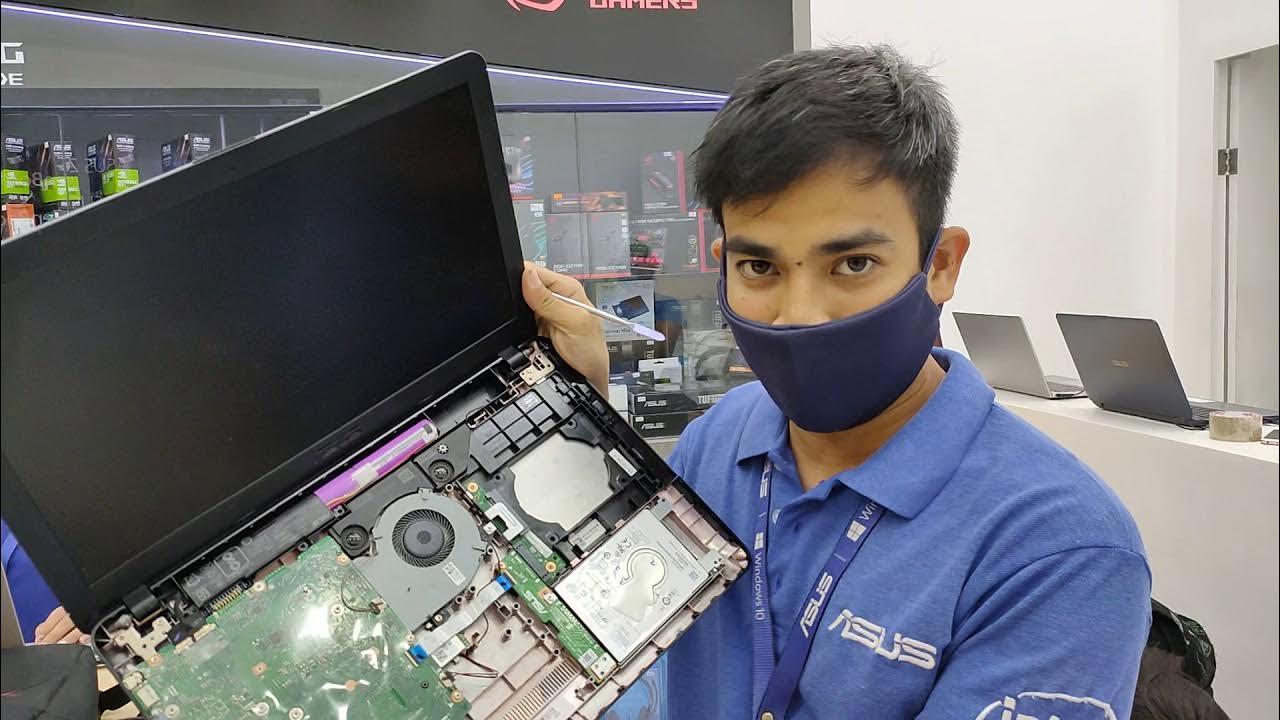To track a new vehicle in transit, you can use the vehicle’s tracking number provided by the dealership or manufacturer. This number can be entered on the carrier’s website or mobile app, allowing you to view the real-time location and estimated delivery date of your vehicle.
With the tracking number in hand, you can stay informed and easily monitor the progress of your new vehicle during transit. The anticipation of receiving a brand new vehicle is an exciting experience. However, waiting for its arrival can sometimes lead to restlessness and anxiety.
Fortunately, tracking a new vehicle in transit has become a seamless process in this digital age. By utilizing the vehicle’s unique tracking number, provided by the dealership or manufacturer, you can stay informed about its whereabouts throughout its journey. This article will guide you through the simple steps of tracking your new vehicle, empowering you with the ability to monitor its progress in real time. By the end of this article, you’ll be equipped with the necessary knowledge to effortlessly track your new vehicle and alleviate any worries or uncertainties along the way.
2. Understanding Vehicle Tracking
When purchasing a new vehicle, it can be an exciting and anxious time as you eagerly wait for its arrival. Luckily, vehicle tracking can alleviate some of the uncertainty by providing real-time updates on your new ride’s location. In this section, we’ll delve into understanding how vehicle tracking works and why it offers numerous benefits.
2.1 How Does Vehicle Tracking Work?
Vehicle tracking involves the use of GPS technology to monitor the location, speed, and other relevant information about a vehicle in transit. A GPS tracker device is discreetly installed in the vehicle, which constantly communicates with satellites orbiting the Earth, determining the vehicle’s precise location.
Once the GPS tracker establishes the vehicle’s location, it sends the data to a central server through cellular networks. The server then processes the information and makes it accessible to the user through various means, such as mobile apps or web-based portals.
This real-time tracking data allows vehicle owners to stay informed about their vehicle’s current position and estimated time of arrival. Additionally, this technology can provide insights into other critical factors like fuel levels, engine diagnostics, and driver behavior.
2.2 Benefits Of Vehicle Tracking
Vehicle tracking offers a plethora of benefits for both individuals and businesses. Here are some key advantages:
- Enhanced security: Vehicle theft is a significant concern, and investing in vehicle tracking can be an effective deterrent. Real-time tracking allows for quick recovery in case of stolen vehicles.
- Improved fleet management: For businesses that rely on vehicle fleets, tracking technology provides valuable insights. It enables tracking of multiple vehicles simultaneously, optimizing routes, minimizing fuel consumption, and increasing overall efficiency.
- Peace of mind: Knowing the precise location and estimated arrival time of your new vehicle brings peace of mind. You can plan accordingly for its delivery, ensuring you’re available to receive it.
- Efficient logistics: Vehicle tracking enables logistics companies to streamline operations, optimize delivery routes, and improve customer satisfaction with accurate ETA predictions.
- Maintenance and performance: Monitoring a vehicle’s diagnostics through tracking systems helps identify maintenance needs promptly, ensuring optimal performance and minimizing costly breakdowns.
The convenience, security, and operational benefits of vehicle tracking make it an invaluable tool for individuals and businesses alike. By harnessing cutting-edge GPS technology, vehicle tracking offers real-time updates and peace of mind while your new vehicle is in transit.

Credit: www.powerreviews.com
3. Tracking A New Vehicle
Tracking a new vehicle in transit is essential for peace of mind. Learn how to track your new vehicle with ease and stay updated on its location throughout the entire journey.
When you buy a new vehicle, it can be an exciting time. However, once you’ve made the purchase, one important aspect is tracking the delivery of your new vehicle. This allows you to stay informed about the progress and ensure a smooth and timely delivery. In this section, we will discuss the importance of tracking a new vehicle, the steps to track it, and the tools and technologies used for vehicle tracking.
3.1 Importance Of Tracking A New Vehicle
Tracking a new vehicle is crucial for several reasons. First and foremost, it provides peace of mind. By knowing the exact location of your vehicle, you can alleviate any anxiety or uncertainty about the delivery process. Additionally, tracking allows you to stay informed in case of any delays or unexpected circumstances that may affect the estimated delivery time. This knowledge can help you plan accordingly and make necessary arrangements to receive the vehicle.
3.2 Steps To Track A New Vehicle
Tracking a new vehicle involves a few simple steps. First, you’ll need to gather the necessary information from the dealership or shipping company. This typically includes a tracking number or a unique identifier associated with your vehicle. Once you have this information, you can use it to access the tracking system provided by the shipping company.
To track your new vehicle, follow these steps:
- Visit the shipping company’s website or the website provided by the dealership.
- Locate the tracking page or section on the website.
- Enter your tracking number or unique identifier in the designated field.
- Click on the “Track” or “Submit” button to initiate the tracking process.
- Review the tracking results displayed on the screen. This will provide you with real-time information about the vehicle’s current location, estimated delivery date, and any updates along the way.
By following these steps, you’ll be able to easily track your new vehicle and stay informed throughout the entire delivery process.
3.3 Tools And Technologies Used For Vehicle Tracking
There are various tools and technologies used for vehicle tracking, ensuring accurate and reliable information. Some commonly used methods include:
- GPS (Global Positioning System) trackers: These devices use satellite signals to determine a vehicle’s precise location.
- Mobile apps: Many shipping companies and vehicle manufacturers provide mobile applications that allow customers to track their new vehicles conveniently from their smartphones or tablets.
- Online tracking portals: Websites provided by shipping companies or dealerships offer online portals where customers can enter their tracking information and receive real-time updates.
- Automated notifications: In addition to manual tracking, some systems offer automated notifications via email or SMS to keep customers informed about their vehicle’s progress.
With the help of these tools and technologies, vehicle tracking has become more accessible and convenient, ensuring a seamless experience for customers.
4. Tips For Efficient Vehicle Tracking
Tracking a new vehicle in transit? Follow these efficient tips for successful vehicle tracking and ensure accurate monitoring throughout the process.
Tracking a new vehicle in transit is vital for both individuals and businesses alike. It helps ensure the timely delivery of vehicles, provides peace of mind, and improves overall customer satisfaction. To make the tracking process efficient and effective, consider using the following tips:4.1 Regularly Updating Tracking Information
When tracking a new vehicle in transit, it is crucial to have accurate and up-to-date information. Regularly updating the tracking information allows you to have real-time visibility of the vehicle’s location, ensuring that you stay informed throughout the entire transit process. By providing customers with reliable updates, you can enhance trust and keep them engaged. One way to ensure regular updates is to partner with a trusted logistics company that provides a user-friendly online tracking system. This system should allow you to easily enter the vehicle’s details and provide instantaneous updates at every milestone of the journey. Whether it’s departure, arrival at transit points, or the final destination, this real-time data enables you to monitor the vehicle’s progress effectively.4.2 Using Gps And Satellite Technology
GPS and satellite technology have revolutionized the vehicle tracking industry. By utilizing these advanced technologies, you can track your new vehicle with exceptional precision and accuracy. GPS devices installed in vehicles receive signals from satellites to determine the location, speed, and direction of the vehicle. This data is then transmitted to a central monitoring system, providing you with real-time updates. GPS tracking not only allows you to monitor the vehicle’s location but also enables you to set up notifications for specific events, such as when the vehicle enters or leaves predetermined boundaries. This feature proves invaluable to businesses, ensuring that transportation routes are followed, and deliveries are made on time.4.3 Utilizing Vehicle Tracking Software
In addition to GPS and satellite technology, vehicle tracking software can further streamline the tracking process. This software consolidates all the tracking information into a centralized platform, making it easily accessible and manageable. This means you can efficiently track multiple vehicles simultaneously without confusion or delay. Using vehicle tracking software allows you to generate detailed reports and analytics about the vehicle’s journey, such as average speed, fuel consumption, and stoppages. These insights help you optimize routes, improve fuel efficiency, and identify any potential issues or delays. Additionally, some tracking software may incorporate features for geofencing, driver behavior monitoring, and maintenance reminders, all contributing to better overall efficiency. Tracking a new vehicle in transit doesn’t have to be a complicated process. By regularly updating tracking information, utilizing GPS and satellite technology, and taking advantage of vehicle tracking software, you can ensure a smooth and efficient tracking experience. Remember, the key is to stay informed, communicate effectively, and rely on advanced technology to make the journey as seamless as possible.
Credit: www.klook.com

Credit: www.timeout.com
Frequently Asked Questions Of How To Track A New Vehicle In Transit
How Can I Track My New Vehicle In Transit?
Tracking your new vehicle in transit is easy! Most dealerships will provide you with a tracking number or link to a tracking website. Simply enter the tracking information and you’ll be able to see the current location and estimated arrival time of your vehicle.
What Is The Estimated Time For A New Vehicle To Arrive?
The estimated time for your new vehicle to arrive can vary depending on factors such as distance, shipping method, and any delays along the way. Typically, it can take anywhere from a few days to a few weeks for your vehicle to reach its destination.
The dealership should be able to provide you with a more accurate estimate based on your specific situation.
Can I Track My New Vehicle In Real-time?
Yes, in most cases, you can track your new vehicle in real-time. Once you have the tracking information, you can enter it into the tracking website provided by the dealership or shipping company. This will allow you to see the exact location of your vehicle as it makes its way to you.
What Happens If My New Vehicle Gets Delayed During Transit?
If your new vehicle gets delayed during transit, it’s best to contact the dealership or shipping company for more information. They will be able to provide you with updates on the status of your vehicle and any estimated delays. In some cases, they may also offer alternative solutions or compensation for the inconvenience.
Conclusion
Tracking a new vehicle in transit has become easier than ever thanks to advancements in technology. With the use of GPS tracking systems and online portals, you can now monitor the movement of your vehicle in real-time. Whether you are a car dealer or a private individual, having access to this information gives you peace of mind and allows you to plan accordingly.
By following the steps outlined in this blog post, you can ensure a smooth and stress-free experience when tracking your new vehicle. So, why wait? Start tracking your vehicle today and stay informed every step of the way!
- The Power of Mobile Accessibility And Real-Time Tracking for Trucking Operations - November 6, 2024
- Why Ease of Use is Crucial in Trucking Dispatch Software - September 22, 2024
- Better Communication With Dispatchers: How Trucking Dispatch Software Can Optimize Operations - September 7, 2024


